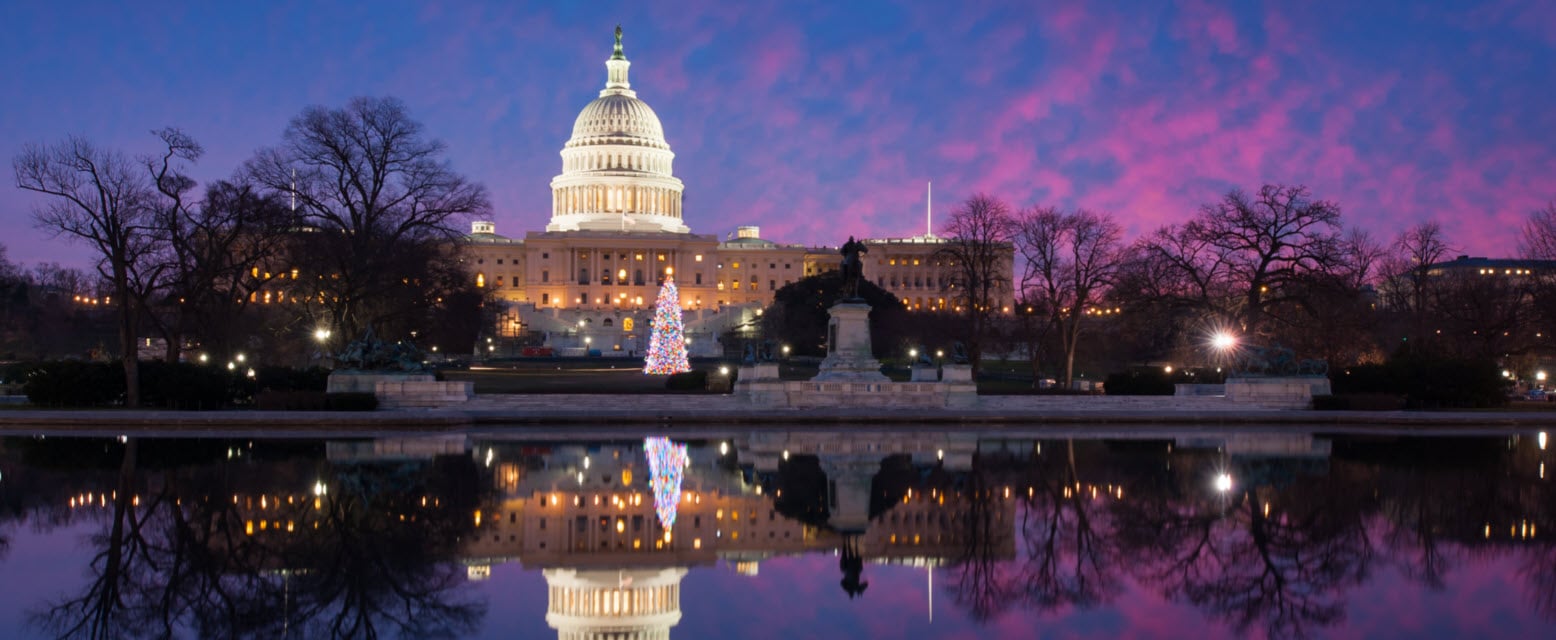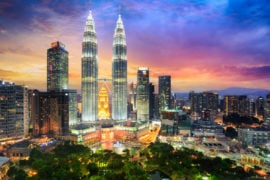In brief
As we have been highlighting on our Hydrogen Hub, an increasing number of countries have been unveiling their detailed legislative frameworks and extensive state support packages aimed at developing the hydrogen market in the context of the race to net zero. The US is not a new participant in this race. The 2021 Infrastructure Investment and Jobs Act (also known as Bipartisan Infrastructure Law (BIL)) allocated USD 9.5 billion for clean hydrogen. The Inflation Reduction Act (IRA) signed into law in August 2022 provided additional policies and incentives for the development of the hydrogen market, including a production tax credit, which is aimed at boosting the US market for clean hydrogen. However, the US Department of Energy’s (DoE) publication of a draft Clean Hydrogen Strategy and Roadmap (CHSR) takes the US government’s level of commitment to clean energy to the next level, as well as showing its willingness to work with existing and potential hydrogen market participants and other stakeholders to develop a framework that really works. This article examines the key provisions of the CHSR.
Clean Hydrogen Production Standard and other challenges
Lack of an established clean hydrogen standard has been identified as one of the key challenges to the development of the hydrogen market — both domestic and global. The CHSR commits to developing a standard for the carbon intensity of clean hydrogen in consultation with the US Environmental Protection Agency.
While it appears that, at this stage, the CHSR’s focus is primarily on the domestic market, the DoE stated that, “long-term strategies include a US leadership role in supporting the global transition from fossil fuels, enabling energy security and resiliency by exporting clean hydrogen” and commits to international cooperation in this area. If a global hydrogen trade is to develop, US policy makers will need to take into account the emerging hydrogen standards in other countries in developing the US standard.
Subsequent to the release of the CHSR, the DoE published draft guidance for a Clean Hydrogen Production Standard for stakeholder comments: “A target of 4.0 kgCO2e/kgH2 for lifecycle (i.e., “well-to-gate”) greenhouse emissions associated with hydrogen production.” The deadline for comments is 20 October 2022.
The CHSR recognizes other significant challenges that current and potential market participants face, including lack of hydrogen infrastructure (including storage), lack of manufacturing at scale, and cost, durability, reliability and availability challenges in the supply base across the entire value chain. These challenges are similar to those faced by all other emerging hydrogen economies.
Next steps
The CHSR sets out hydrogen program targets and milestones for 2022-2036 and “guiding principles and national actions” for the development of hydrogen, although many of these are expressed in general terms and will no doubt be developed further. The CHSR is consultative in nature — the DoE makes it very clear that it will be working with other government agencies, industries and investors, as well as academic and research institutions, communities and other stakeholders to develop this draft further.
The DoE envisages three “waves” for clean hydrogen application in the US:
- First wave: applications in existing markets that have few alternatives to clean hydrogen for decarbonization (e.g., existing refining and ammonia production plants) with an emphasis on industrial clusters that co-locate large-scale production with end-use for such applications and help drive down costs and create the infrastructure that could be leveraged for other markets in subsequent phases.
- Second wave: use cases where clean hydrogen offers a “growing economic value proposition” (e.g., transportation use cases and greater use of industrial fuel and feedstock).
- Third wave: applications becoming competitive as clean hydrogen production scales up, costs decline and infrastructure becomes available (e.g., backup power, stationary power, methanol, container ships, cement and blending with existing natural gas networks).
The DoE acknowledges the dynamic nature of the hydrogen market (and technological developments in particular) and accepts that, even when the draft becomes policy, the CHSR is not a static document and will require many updates (at least every three years).
The CHSR highlights a number of DoE supported activities and pioneer hydrogen projects in the US across a number of sectors, including chemicals, industrial heat, transportation and power. We have been privileged to work on one of these projects, namely the Advanced Clean Energy Storage Project expected to be the world’s largest renewable energy hub to produce, store and deliver green hydrogen to the Western United States.
Baker McKenzie’s global hydrogen team provide strategic regulatory advice and guidance on corporates’ hydrogen strategies, as well as practical legal advice on the delivery of first-of-a-kind hydrogen projects and have strong working relationships with many hydrogen industry bodies across the globe. We act as advisors to the Global Carbon Capture Institute and are active members of Hydrogen UK, Japan Hydrogen Association, and the World Business Council for Sustainable Development’s (WBCSD) Energy Pathways Hydrogen Workstream.



